There is a lot to admire in ‘Black Panther’, but even a slick blockbuster can hide little hiccups when you watch closely. Continuity slips, prop resets, and timing quirks sometimes sneak into the final cut, and once you spot them, they tend to stand out on every rewatch.
These are the kinds of details that live between cuts and camera angles. They do not change the story, but they do reveal how complicated it is to stitch together action, dialogue, and effects from many different takes and setups.
The necklace that changes bead count
 Disney
DisneyT’Challa’s kimoyo bead necklace is designed to look consistent, yet the number and spacing of beads are not always the same across shots. In dialogue scenes, the close-ups sometimes show a slightly fuller strand, while wider angles show fewer beads with larger gaps.
This happens when hero props and backup props get swapped between setups. It also shows up when the suit deployment effect is added later, since the visual effects team matches a digital model to the physical necklace and small differences create mismatched frames.
The missing and reappearing ring pendant
 Disney
DisneyThe prince’s ring moves around more than the story suggests. In certain scenes it sits on a visible chain at chest level, then in the very next angle the chain tucks under the costume with the ring no longer in view, only to return again when the camera resets.
Costume continuity photos help crews track jewelry, but quick resets during company moves can lead to small placement changes. When intercut with different lenses, those changes look like the ring vanishes and reappears within a single moment.
The Oakland apartment blinds that swap positions
 Disney
DisneyDuring the 1990s Oakland prologue, the window blinds are a quiet background detail that do not stay put. One shot holds the slats at a tilted angle that blocks outside light, and the reverse shot shows them straighter with brighter spill coming through.
This kind of discrepancy usually appears when a scene is shot over multiple hours with lighting adjustments. The blinds get tweaked to balance exposure for different camera angles, which makes their position jump when the footage is cut together.
The spear and windshield continuity in Busan
 Disney
DisneyWhen Okoye lands on Klaue’s car during the chase, the windshield damage you see before and after the spear impact does not perfectly match. A pre-impact shot shows cracks in a specific pattern, then the immediate follow-up shows a different break pattern around the hole.
The stunt team often uses multiple windshields at various break stages to keep the action safe and repeatable. Intercutting these plates can shift the fracture lines and make the glass appear to change shape between consecutive angles.
The Lexus roof dents that reset between cuts
 Disney
DisneyAs T’Challa rides on the roof of the sports car, his landing creates visible dents and scratches. In some cuts those impressions look deeper and spread, and in others the same roof section looks cleaner with fewer marks than the previous shot.
Production typically cycles through picture cars at different damage levels to cover a long chase. When inserts and wide shots get assembled, the dent patterns do not always align, which reads like the roof repairing itself between shots.
The Dora Milaje spear length that subtly shifts
 Disney
DisneyOkoye’s spear is a fixed prop, but its length varies slightly from shot to shot in the casino and the chase. In closer angles it reaches well past her shoulder when held upright, while some wide angles show a shorter reach with the tip stopping lower relative to her stance.
Action units often use multiple versions of a weapon, including soft and hard builds. Each one measures a bit differently for safety and choreography, so when edits jump across units, the weapon length appears to change within the same beat of action.
The shattered table that returns whole in the casino
 Disney
DisneyDuring the fight under the red lanterns, a low table is smashed when bodies crash across it. A later cut from another angle shows the same table position intact with glassware still standing, followed by another cut where the debris returns.
Sets are reset for multiple takes, and background pieces move as camera teams reposition. If a later angle was filmed before the break and then placed after it in the edit, the table will look unbroken until the sequence returns to a shot filmed after the reset.
The tribal cloak positions that jump between lines
 Disney
DisneyIn throne room scenes, several elders wear cloaks with distinctive folds and brooch placements. While two characters trade lines, a cut to the listeners shows folds shifted to the opposite shoulder, and a quick return shows the original drape again.
Wardrobe teams track these placements, but seated dialogue filmed over many hours can relax fabric and shift pins. When coverage is intercut, the cloak configuration changes mid-conversation even though the characters have not moved much.
The sand display maps that do not match the dialogue beat
 Disney
DisneyShuri’s lab features a sand display that forms 3D models while she explains tech. In one explanation the render jumps ahead to a different model a split second before she introduces it, and then the next angle resets to the earlier form as she continues speaking.
These displays are a mix of practical effects and added graphics. Editorial timing drives clarity for the speech, and when the visuals are retimed to match a clean line read, the insert can drift a little from the previous frame and create a small continuity jump.
The final sunset wound that shifts focus
 Disney
DisneyIn the closing scene on the cliff, the placement and visibility of a chest wound look slightly different across angles. One close shot shows blood concentrated near the collarbone, while the opposing angle softens the stain and places more of it toward the center.
Makeup departments create reference photos, but sunlight, perspiration, and fabric contact change how blood sits on skin and costume. When the scene is covered from multiple sides against a moving sun, the wound can appear to slide and fade as the edit moves through the beats.
Share the other tiny slips you have spotted in ‘Black Panther’ in the comments so everyone can go hunting for them on their next rewatch.

.jpeg)

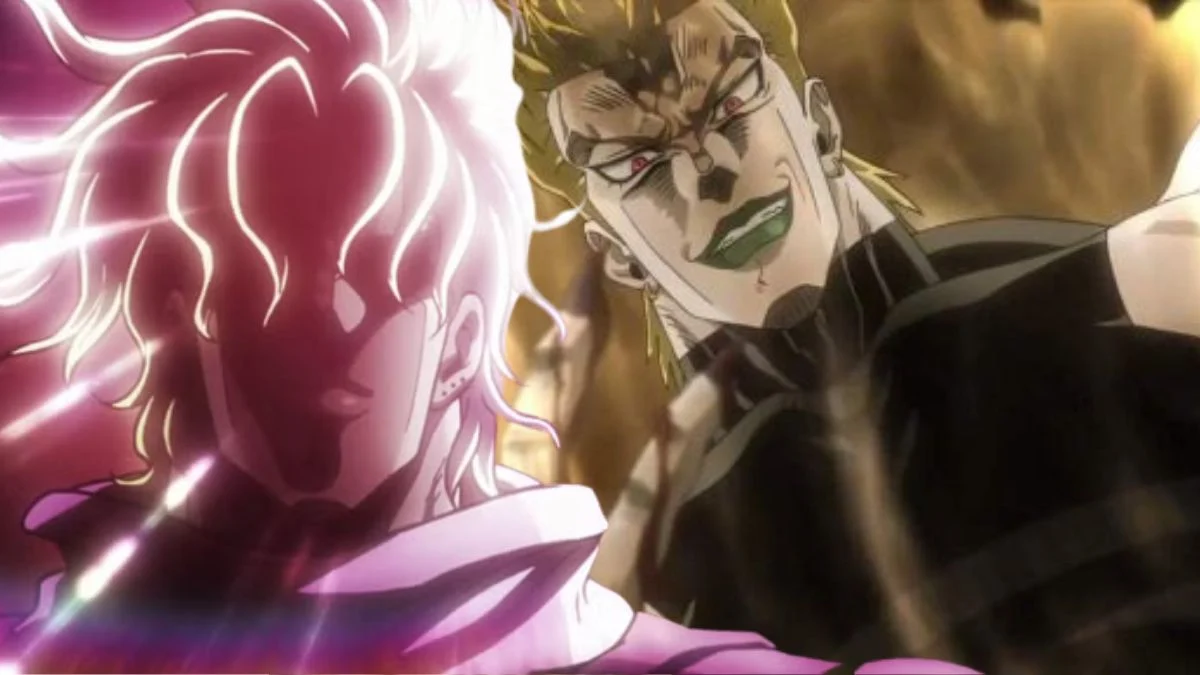
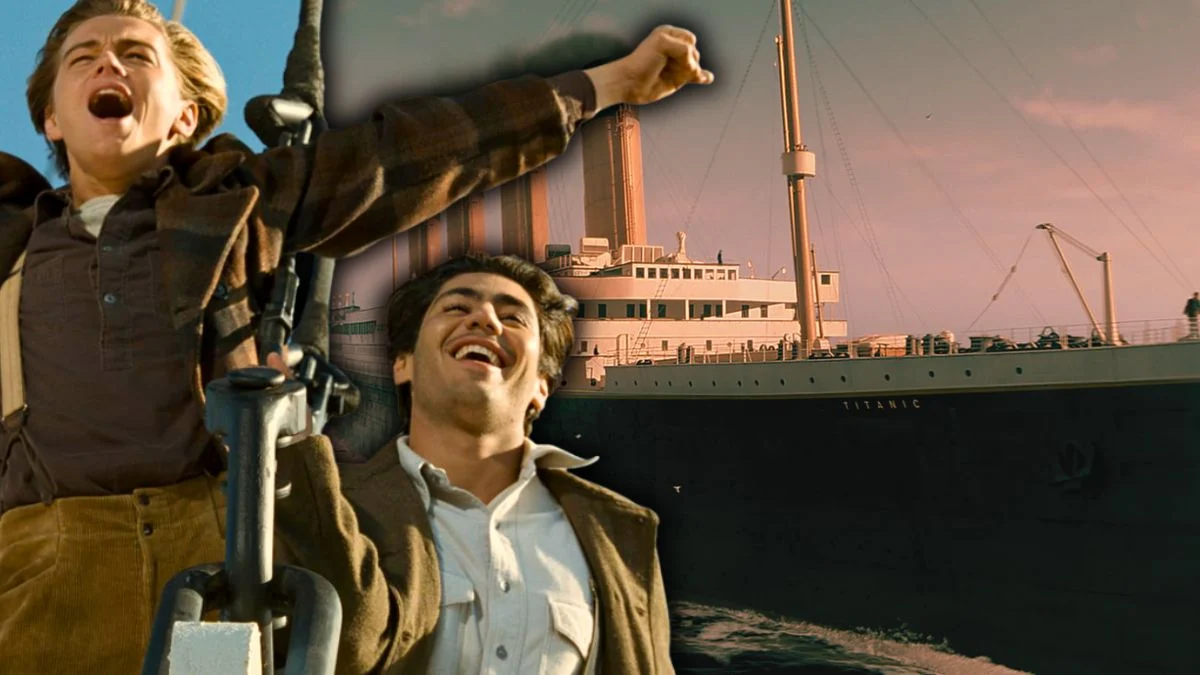
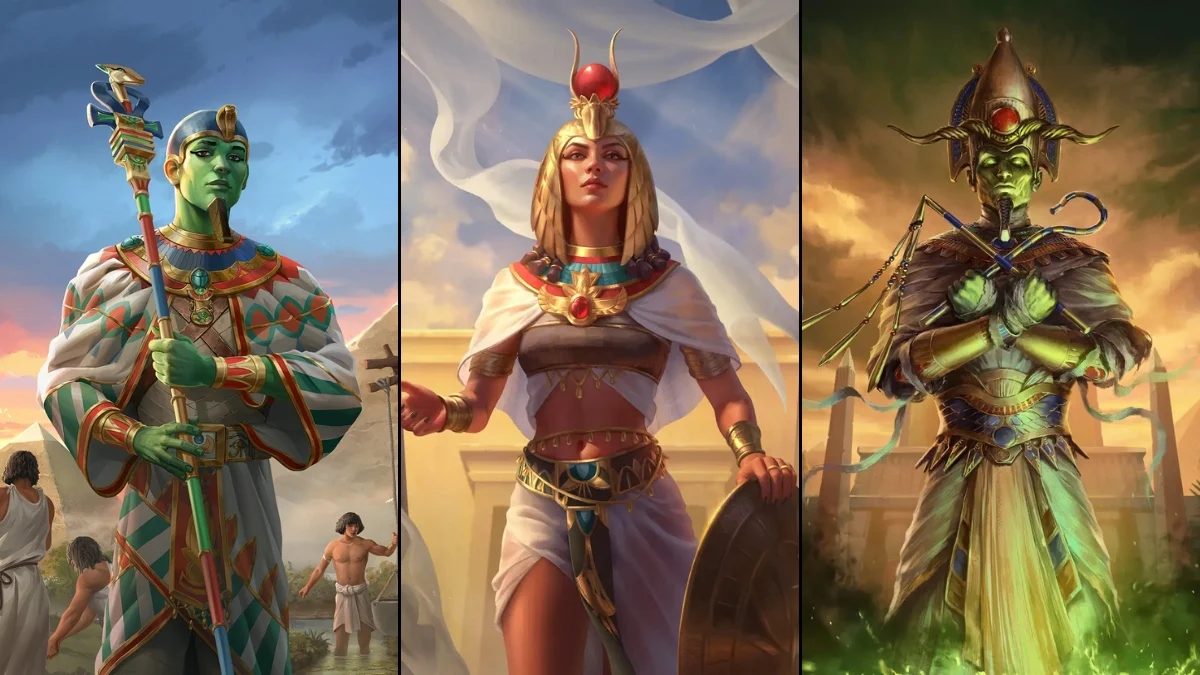
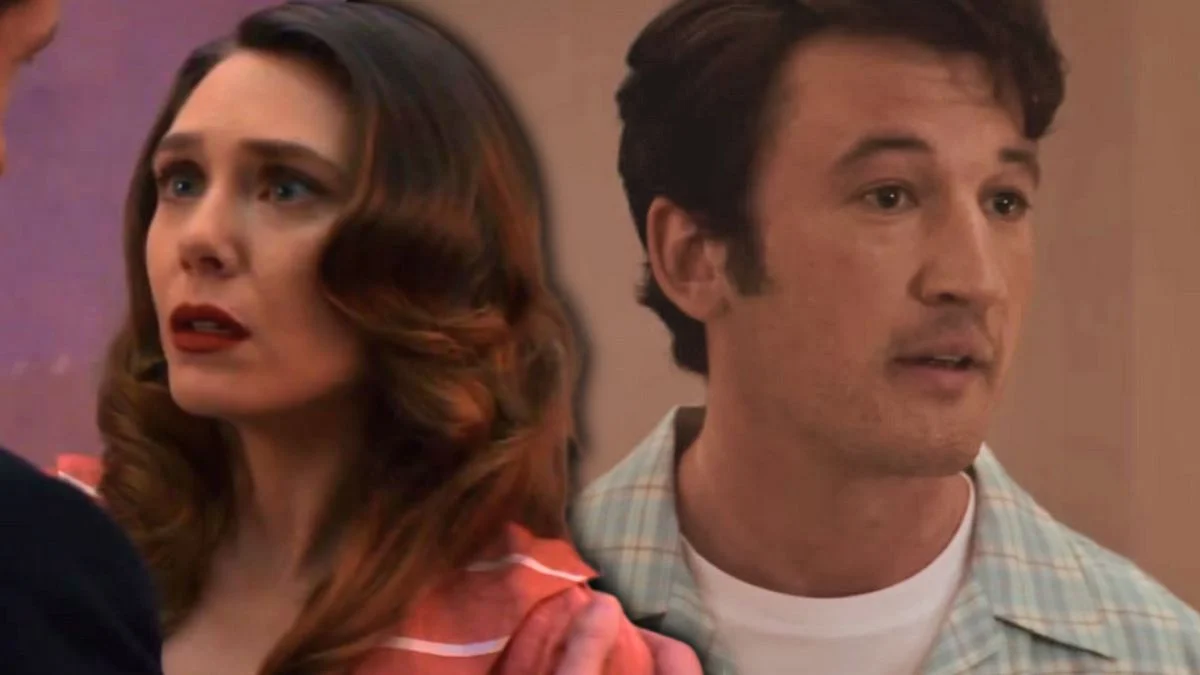

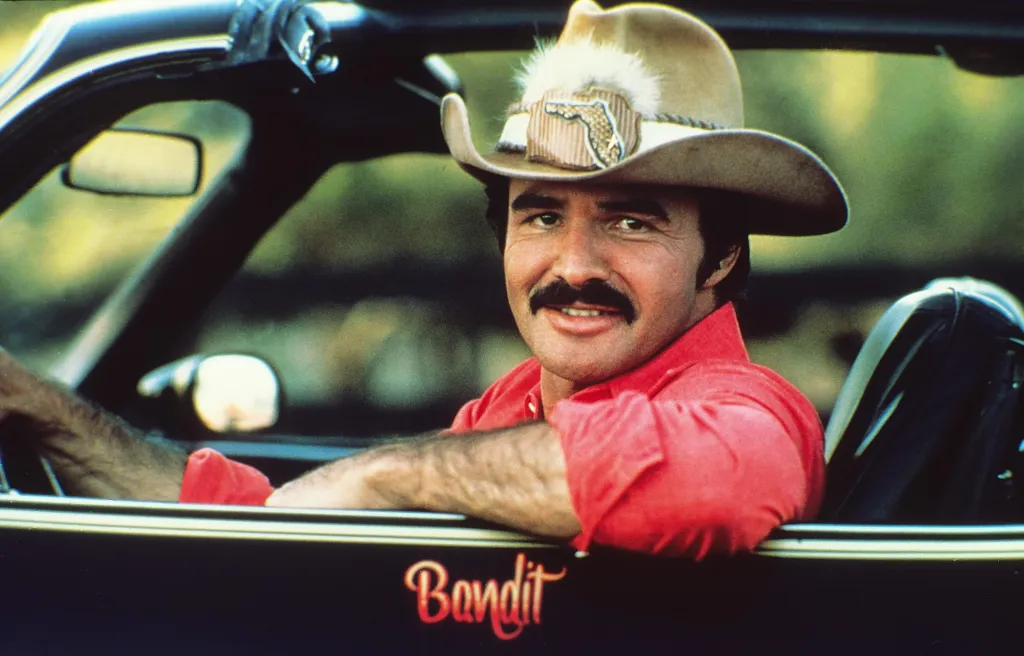



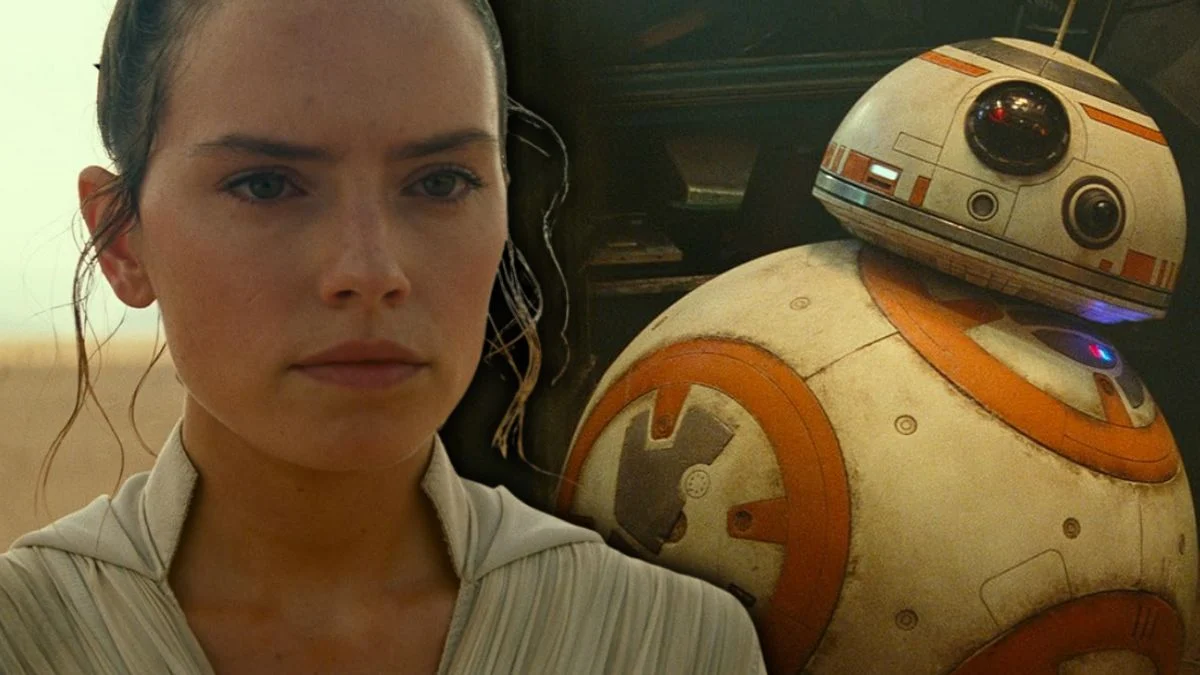
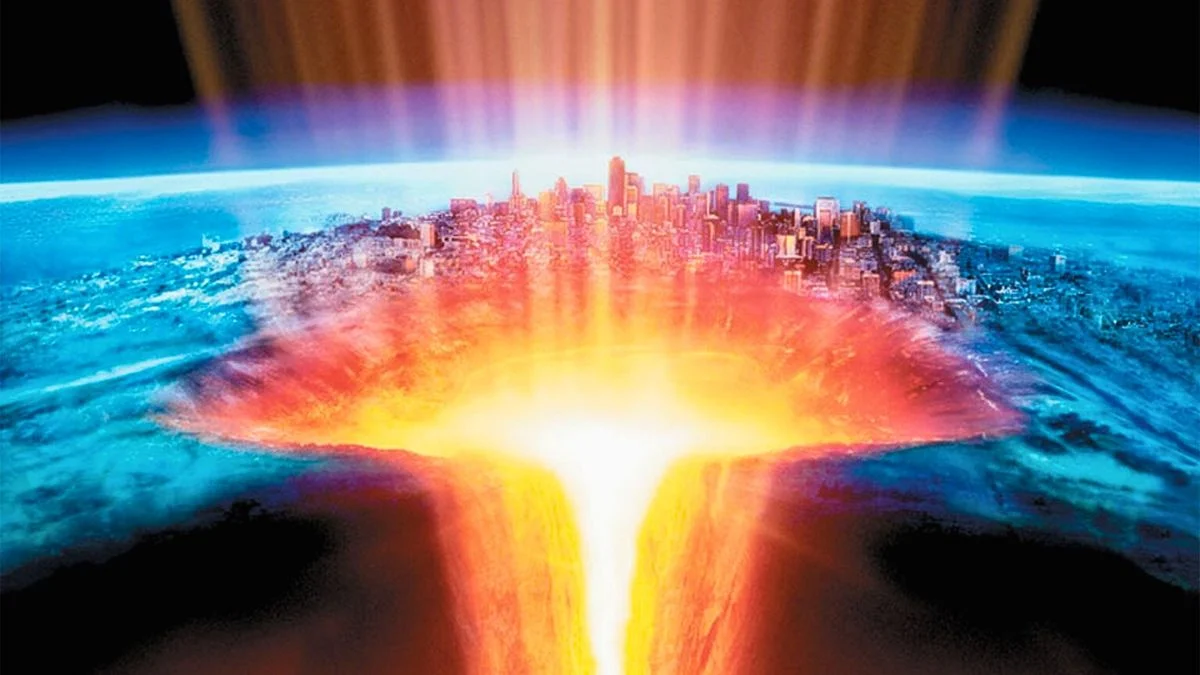

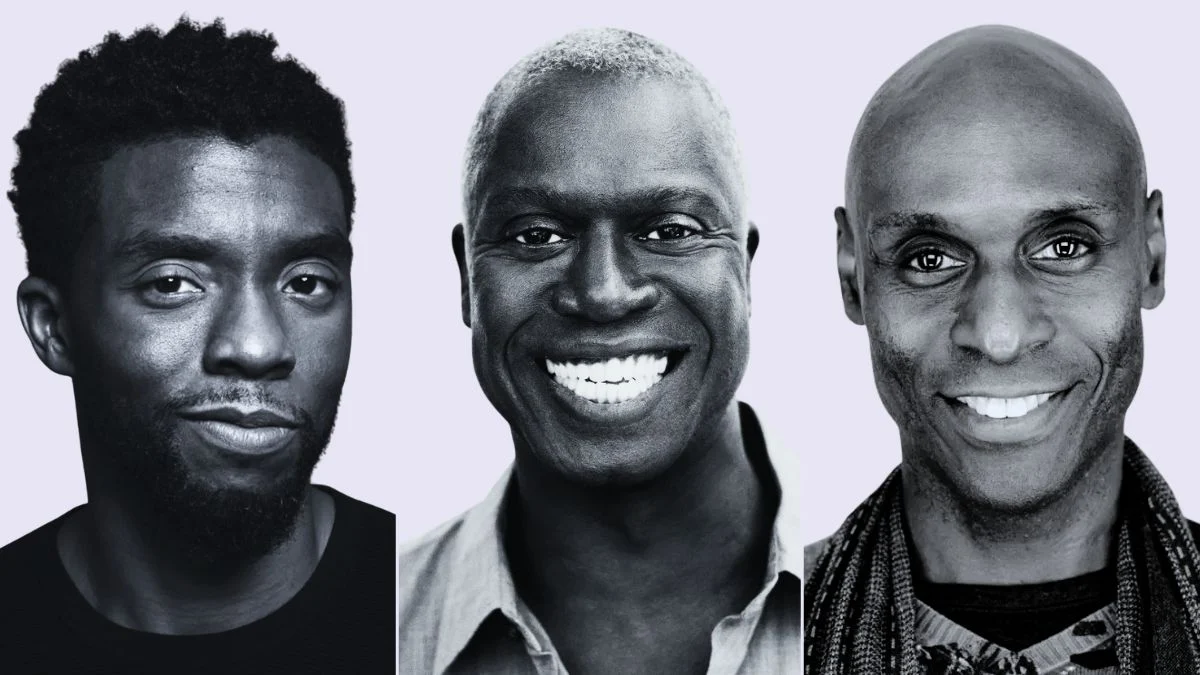

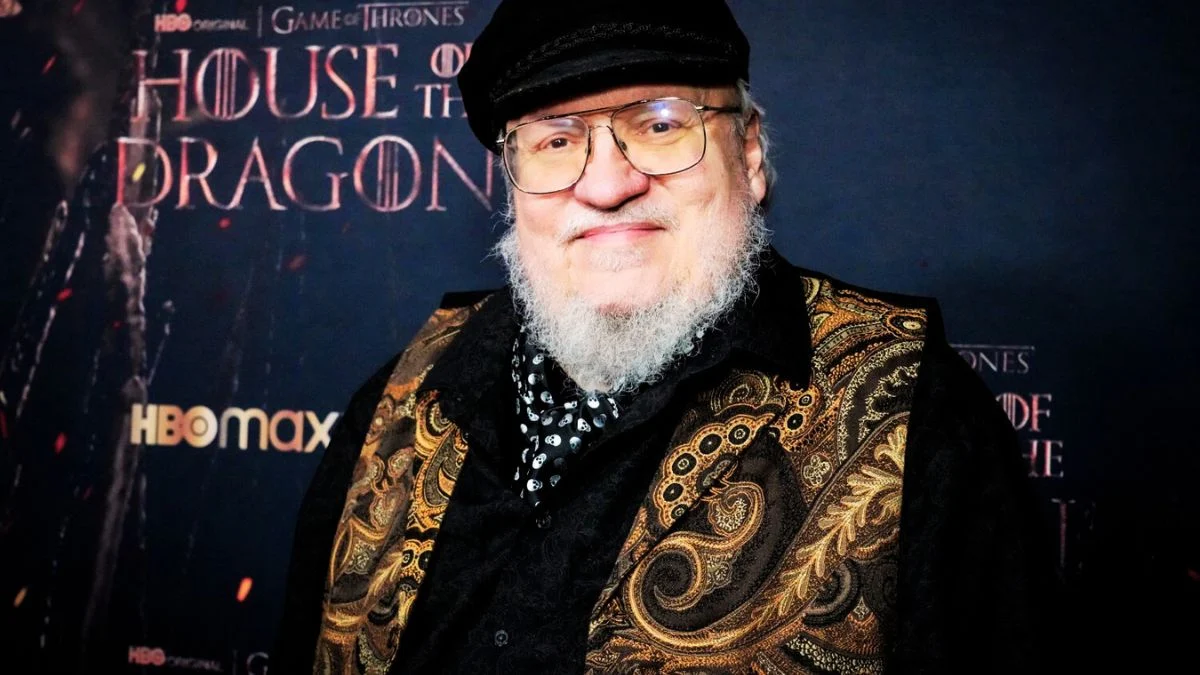

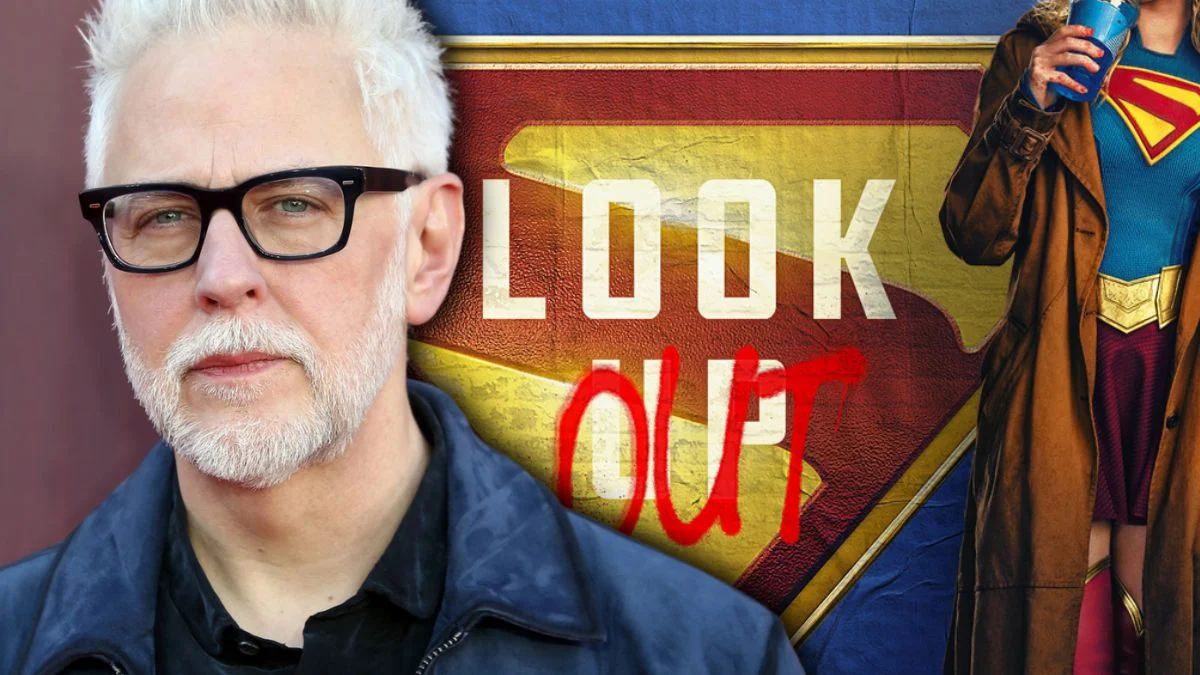
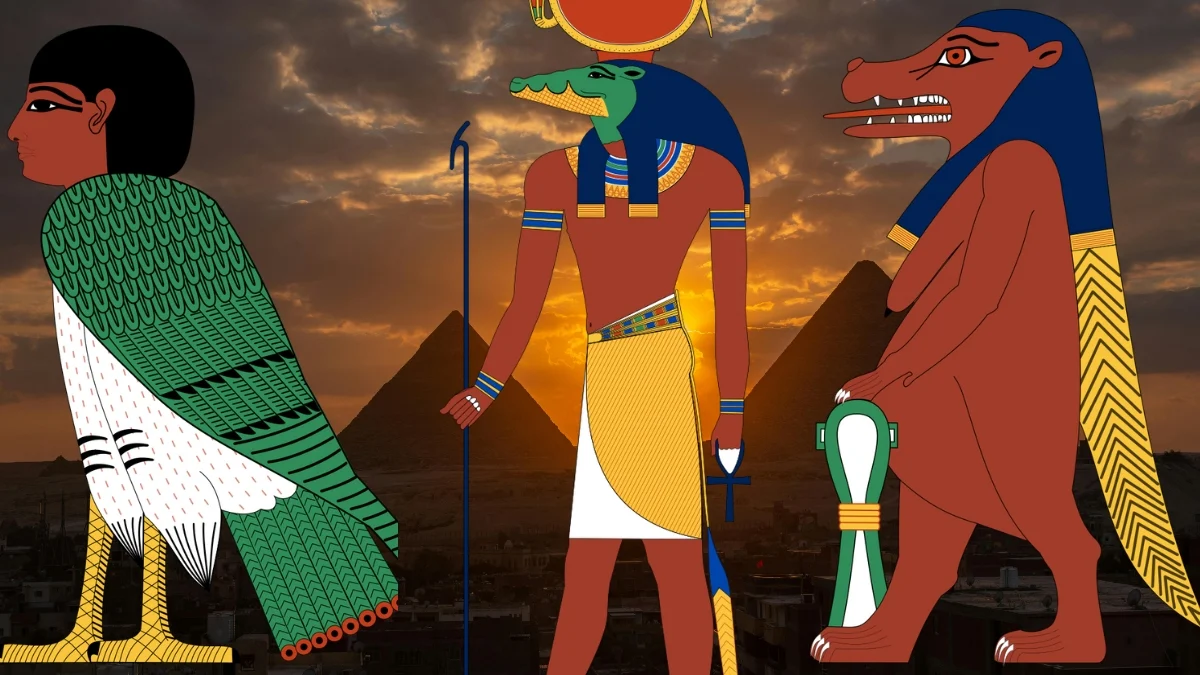



.jpeg)













 English (US) ·
English (US) ·